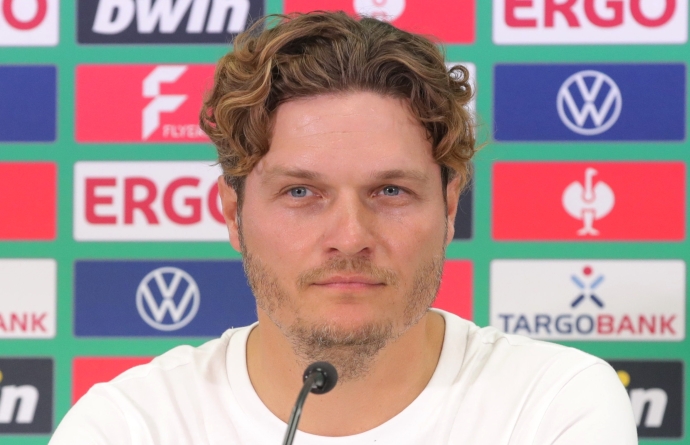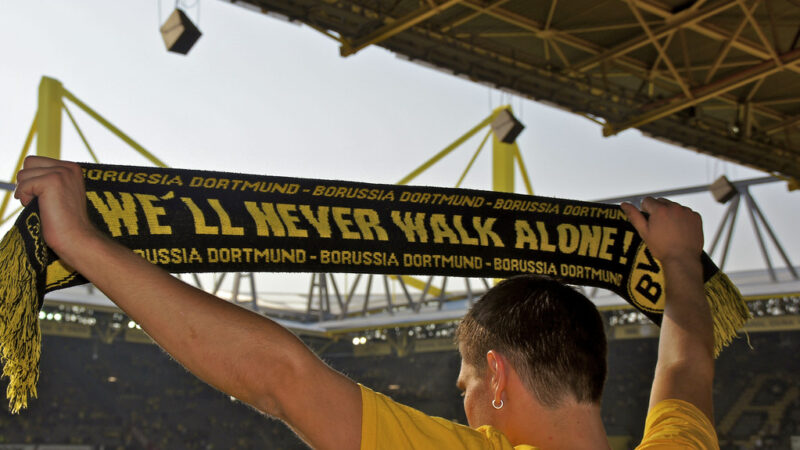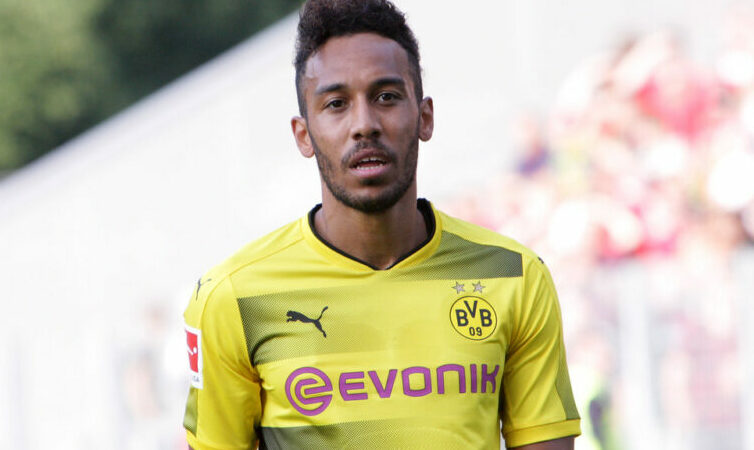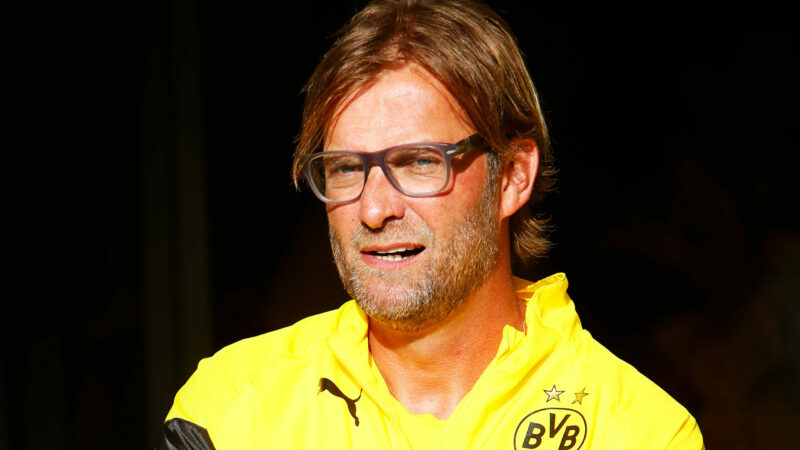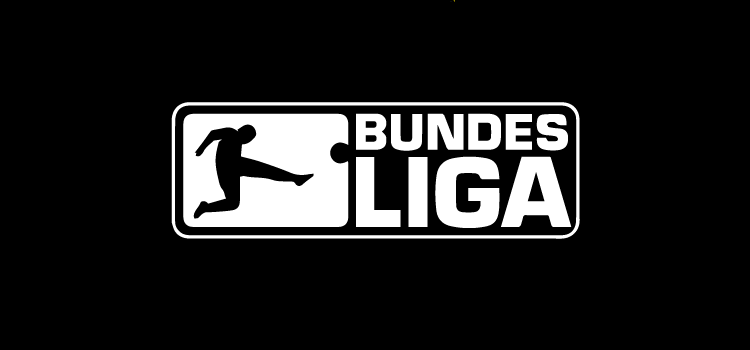Greatest Transfers: Jurgen Kohler

When players reach a certain point in their careers they sometimes choose to wind down. Players who have played abroad return home, indeed players who haven’t played abroad return to hometown clubs. Some even choose to move abroad to experience different things and play in an ‘easier’ league. There is the odd occasion though where an old horse will have one last go at the Grand National. They might have one last season in them before dropping down the pecking order. Rarely will some be imperative to their club’s success. Rarely will they play to such a high standard that, even at 37 years old, they are still first choice for a club playing in Europe’s premier competition. But then again, players like Jurgen Kohler are once in a generation.
Born in Lambsheim, West Germany on 6th October 1965, Kohler played for his local club between the ages of 10 and 17 years old. Soon SV Waldhof Mannheim noticed Kohler’s potential and snapped him up. Between 1983 and 1987 Kohler played 95 times for Mannheim and scored six goals. He made his Bundesliga debut in 1984 and his national team debut two years later while still playing for the club. The centre half’s progress was coming along nicely and, in 1987, he was ready to take the next step in his career. F.C Koln came calling and he didn’t hesitate to make the move. Koln paid €1 million for his services which, at that time, was a massive sign of the club’s faith in the youngster. He stayed with Koln for two years before moving to Bayern Munich for €1.55 million. With Bayern he won his first trophy, the Bundesliga title in his first season. He stayed at the club for two years, making 56 appearances and scoring 6 goals in that time. But he was ready to make another step in his career.
Whilst at Bayern, Kohler had been an integral part of the West Germany side that had won the 1990 World Cup in Italy. Having put in such impressive performances in the tournament, Europe’s top brass had sat up and taken notice, and at the time there was an exodus of German players moving to the Serie A. With Juventus being the main club in Italy at the time, it didn’t take a genius to realise that this was most likely where one of the best centre backs in the world would end up. In the summer of 1991, Juventus bought Jurgen Kohler from Bayern Munich for €7.5 million.
It was at Juventus that Kohler reassumed his personal on-field battle with Dutch striker Marco van Basten. The two had clashed during the 1988 European Championship and were set to renew old rivalries in Serie A. One of the best strikers in the world versus one of the best centre halves in the world – it made for lip licking viewing. Under Marcello Lippi, Juventus continued to buy German. Thomas Hassler, Andy Moller and Stefan Reuter joined Kohler in Turin and contributed to a sustained period of success for the old lady of Italian football. Kohler’s first season in Italy finished trophyless, but the following year Juventus beat Dortmund in the UEFA Cup final 6-1 on aggregate. The following season would again finish baron, but the 1994/95 season ended in Juventus completing the domestic double. Kohler was again an imperative part of the team as Juve won the Serie A and Coppa Italia. But, as he approached 30 and having made 102 appearances, Kohler decided he needed a new challenge and wanted to return home. BVB came calling and, in the summer of 1995, they paid €2.5 million for his services.
Little did Ottmar Hitzfeld know at the time that he had just bought a player that would be vital to Dortmund for the best part of the next seven years. No one could suspect that a 30-year-old centre half would have the impact he did. Kohler brought leadership to the Dortmund backline. His renowned anticipation and aerial dominance were proving to be just what they were missing at the back. Hitzfeld had clearly played a blinder by bringing in the experienced centre half. At the end of his first season back in Germany, Kohler ended it with Bundesliga winner’s medal around his neck.
He would go to Euro ’96 in England but would only play in the first game, in which he picked up an injury that would rule him out for the rest of the tournament. Without a doubt Kohler would have played the entire tournament for Berti Vogts’ men, including the final which Germany won. Kohler would return for the domestic campaign though and played in 30 league games. He would also play every game in the Champions League, including the final which Dortmund won against his old club Juventus. Playing alongside Martin Kree and with Matthias Sammer behind them as a Libero Sweeper, Dortmund had an impregnable backline. Hitzfeld had added stability when he bought Kohler to play beside Kree, But Sammer ensured they could turn defence into attack quickly. It was a winning formula. At 32-years-old, Jurgen Kohler had accomplished something he couldn’t whilst playing for two of Europe’s most notorious clubs.
As Ottmar Hitzfeld left BVB for the bright lights of Munich, the nucleus of the team stayed. Jurgen Kohler would win German Footballer of the Year in 1997 but could not replicate their successes. The next few years would be fruitless in Westphalia. Kohler went to the 1998 World Cup but Germany were not the side they once were and went out in the quarter-finals, losing 3-0 to the tournament’s surprise package Croatia. Upon this surprise defeat, Kohler decided to call time on his international career after 105 appearances and two goals.
Kohler continued his club career for the next four years though and, in his final year, he was rewarded for his longevity. Matthias Sammer had taken the reins at the Westphalenstadion and the winds of change swept through the club. Playing primarily alongside Christian Worns, Kohler’s experience was invaluable as BVB won the Bundesliga and reached the UEFA Cup final. Kohler would play in the UEFA Cup final but, in what would be the last game in his distinguished career, he would be sent off in the 31st minute of the game. He hauled down Jon Dahl Tomassen and was deemed the last man. Dortmund would go on to lose the game 3-2 against Feyenoord in Rotterdam. After the game, Jurgen Kohler retired from professional football.
In his seven years at the club, Kohler played his least amount of league games in his final season. He only played 22 Bundesliga games as BVB won the title. To play at such a consistently high standard at what for many would be the twilight of their careers, is testament to Jurgen Kohler’s quality. His anticipation, ability to effectively mark and refusal to be bullied by opposition strikers meant that he instantly improved every team he played in. He was an integral part of every side that he grace and won trophies wherever he went. He wasn’t the missing piece of the puzzle when Ottmar Hitzfeld signed him from Juventus in 1995. However he was certainly an important part of the big picture. Jurgen Kohler should rightly be seen as one of the most important signings in Borussia Dortmunds history.

